Bexhill Beach
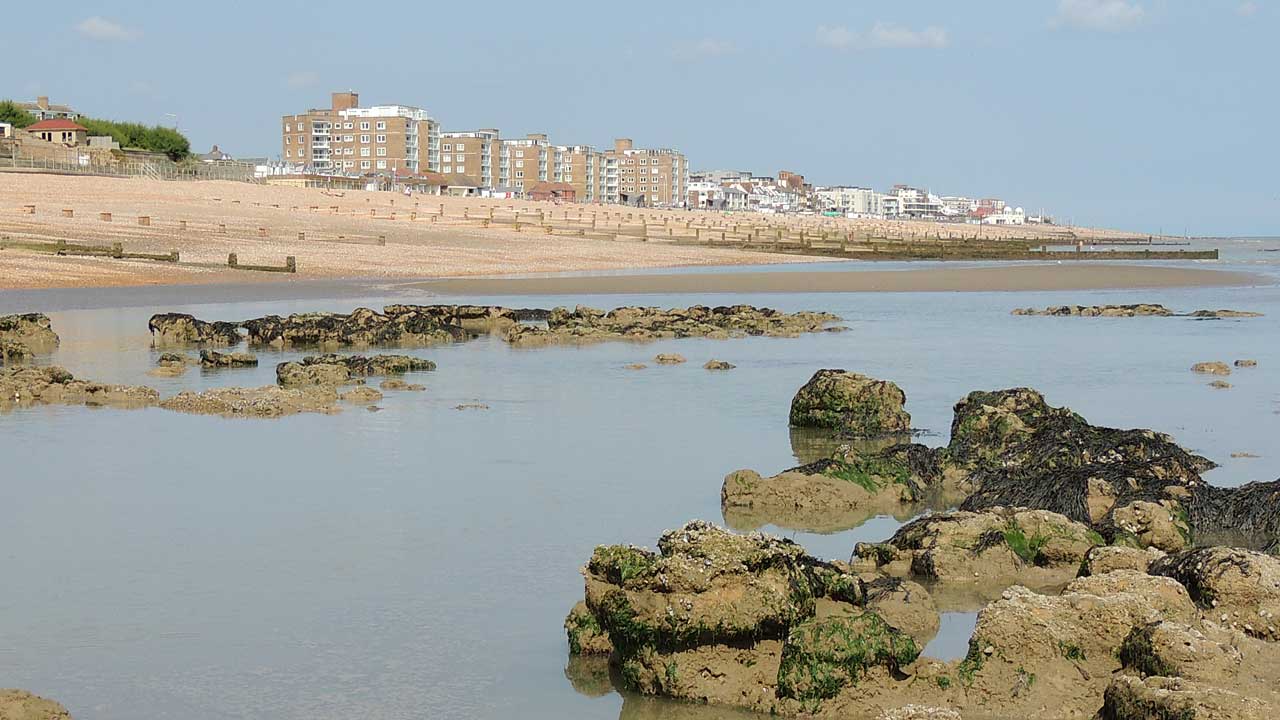
Bexhill has over 5 miles (8km) of shoreline stretching from Glyne Gap in the East to Norman's Bay in the West. The shingle beach leads down to a stretch of sand that is uncovered when the tide is out and this is peppered with outcrops of rock that provide numerous rock pools to investigate.

At the eastern end the shingle is backed by the cliffs at Galley Hill and these support a number of wild plants which grow on the cliff face, the most noticeable of which is the invasive Hottentot Fig which can be either pink or yellow. Bucks-horn Plantain also grows well along the cliff face.
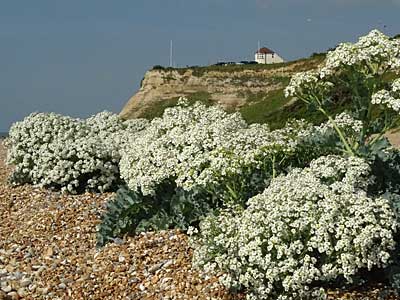
The shingle itself supports a surprising number of plants, especially below Galley Hill where there is a significant amount of Sea-kale and many other plants such as Yellow Horned Poppy. Sea-kale can be found all along the beach along with Tree Mallow which is often against the sea wall. Other plants include Field Bindweed, Birds-foot Trefoil, Common Mallow and Bittersweet.
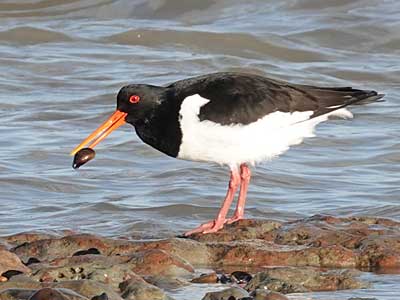
Several seabirds are common along our beach. The Herring Gull is the most numerous gull although there are always a lot of Black-headed Gulls too and you can often spot Great Black-backed Gulls. Cormorants often perch out on the rocks and two waders can often be seen along the beach; Turnstones and sometimes Oystercatchers. Away from the promenade a number of land-birds often feed among the bushes and migrant species sometimes gather before making their way south.

Various species of solitary bees nest in the cliffs at Galley Hill and in late autumn there are often thousands of harmless Ivy Bees congregating there where the females excavate their nest burrows. As well as the usual butterflies you can often find other insects along the more vegetated sections.
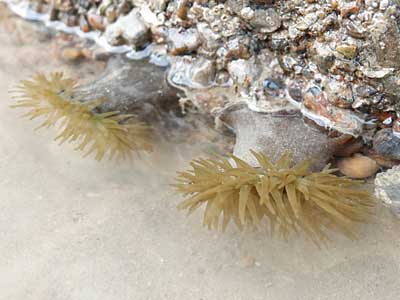
The rock pools are home to many sea creatures. Easy to spot are the sea anemones but there are also lots of molluscs such as Limpets, Mussels, Periwinkles and Whelks. Various types of seaweed thrive in the pools and you can often find crabs or small fish that have been stranded by the receding tide.
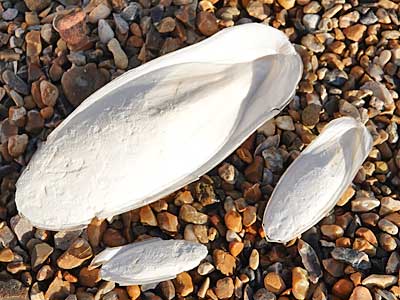
All sorts of things get washed up on the beach, especially after storms. Seaweed, shells and cuttlebones are common, but you may also find shark or ray egg-cases (mermaids purses), stranded jellyfish or flotsam with attached creatures such as Goose Barnacles.